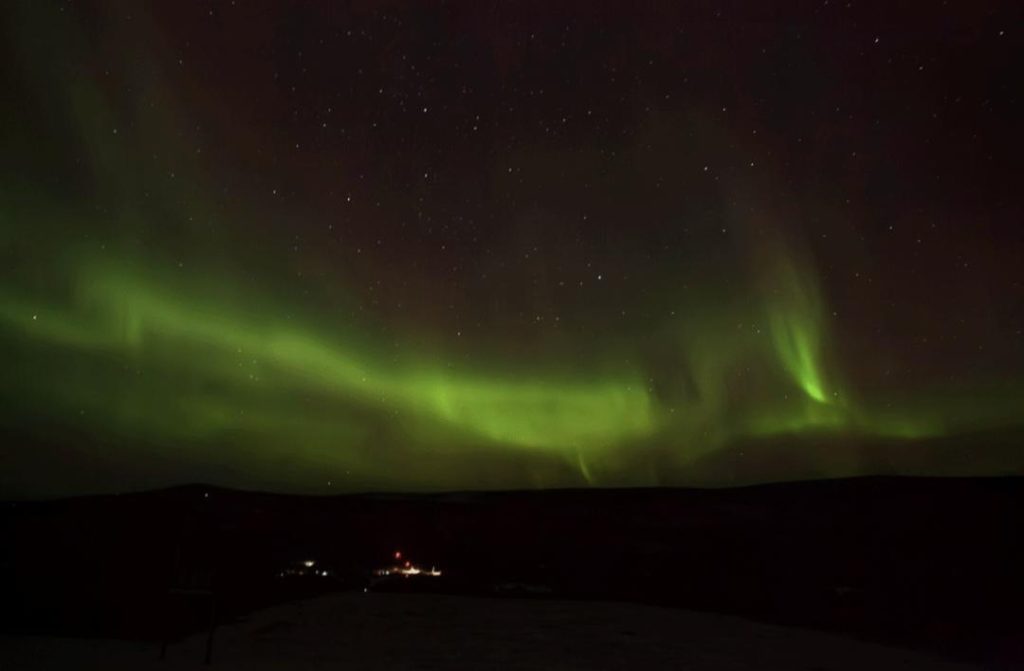
NASA to Launch 3 Rockets from Alaska in Single Aurora Experiment
In a unique and ambitious scientific experiment, NASA is set to launch three rockets from the Poker Flat Research Range in Alaska, with the goal of revealing the inner workings of the aurora borealis, or northern lights. The launch window for this extraordinary experiment is scheduled from March 24 to April 6, and it promises to provide scientists with unprecedented insights into the behavior and composition of Earth’s far upper atmosphere.
The experiment, dubbed the “Aurora Experiment,” will feature a total of three rockets, each designed to capture specific data about the auroral substorms that occur when charged particles from the sun interact with the Earth’s magnetic field. The rockets will be launched in a rapid-fire sequence, with the first four-stage rocket blasting off followed closely by two two-stage rockets, all taking place within a three-hour period.
The primary goal of the Aurora Experiment is to understand how auroral substorms affect the behavior and composition of the Earth’s far upper atmosphere. The far upper atmosphere, also known as the thermosphere, is a critical region where the sun’s energy interacts with the Earth’s magnetic field, causing the spectacular displays of the aurora borealis. By studying the dynamics of this region, scientists hope to gain a better understanding of the complex relationships between the sun, the Earth’s magnetic field, and the upper atmosphere.
The three rockets involved in the experiment are designed to capture different aspects of the auroral substorms. The four-stage rocket, known as the Sounding Rocket, will soar to an altitude of approximately 250 miles (400 kilometers) and will be equipped with instruments to measure the density and temperature of the atmosphere. The two two-stage rockets, known as the Rockoons, will reach altitudes of around 100 miles (160 kilometers) and will be equipped with instruments to measure the composition and velocity of the auroral particles.
The Sounding Rocket is a veteran of many aurora-related experiments and has been used to study the upper atmosphere and the aurora for decades. The Rockoons, on the other hand, are a relatively new type of rocket, designed specifically for aurora-related research. They are equipped with parachutes and can recover from their flights, allowing scientists to retrieve the instruments and analyze the data in greater detail.
The data collected by the three rockets will be transmitted back to Earth via radio signals, where scientists will analyze it to better understand the intricate workings of the aurora borealis. The data will be used to create detailed maps of the auroral substorms, which will help scientists to better predict when and where the aurora will be visible.
The launch of the three rockets from Alaska is a significant event for NASA, marking the first time that the agency has launched multiple rockets from the same location in a single experiment. The Poker Flat Research Range, located near Fairbanks, Alaska, is a remote and rugged region that provides ideal conditions for aurora-related research. The range’s high latitude and low light pollution allow scientists to observe the aurora in great detail, making it an ideal location for this experiment.
The Aurora Experiment is a collaboration between NASA, the University of Alaska Fairbanks, and the University of California, Berkeley. The experiment is funded by NASA’s Sounding Rocket Program, which is designed to provide scientists with access to low-cost and flexible rocket platforms for conducting research in the upper atmosphere.
As the launch window approaches, scientists are eagerly anticipating the results of this ambitious experiment. The data collected by the three rockets will provide a unique and comprehensive understanding of the aurora borealis, shedding new light on the complex relationships between the sun, the Earth’s magnetic field, and the upper atmosphere.
Source: https://science.nasa.gov/missions/sounding-rockets/nasa-alaska-rockets-aurora-experiment/






